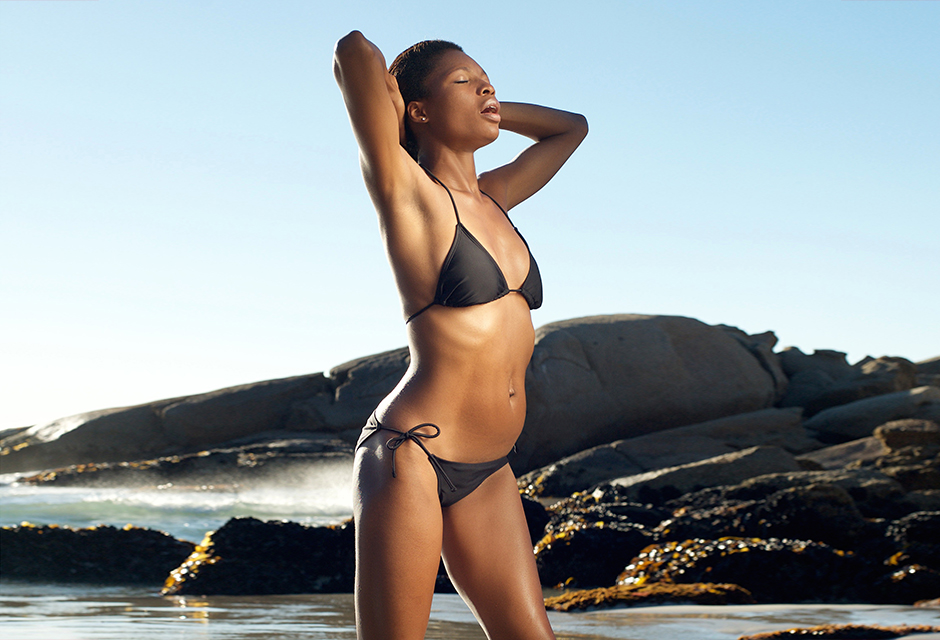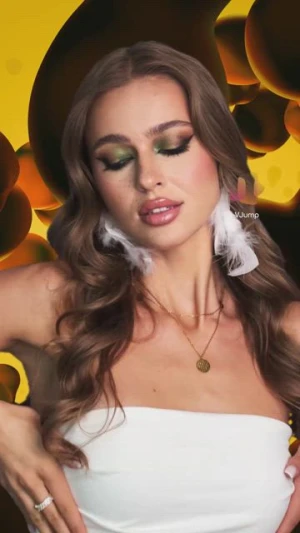How can you use 3D effects to improve your video editing?

- 1. What are 3D effects?
- 2. How to use 3D effects for realism
- 3. How to use 3D effects for titles
- 4. How to use 3D effects for transitions
- 5. What tools and techniques do you need to use 3D effects?
- 6. What else to consider
Nowadays, 3D visualization is frequently used to enhance the viewer's understanding of what's happening on screen. For instance, to portray a mythical unicorn, a model of a regular horse is modified to undergo fantastical changes, resulting in a magical Pegasus or mysterious unicorn that doesn't exist in reality. Through human imagination, a diverse array of creatures, including monsters, can be created for fantasy scenarios. There are numerous tutorials available on creating videos with animated graphics, detailing the necessary software applications and how they unlock the full potential of visualization. To delve deeper, it's important to emphasize the importance of continuous skill development, never settle for what you already know, but strive to progress further.
1. What are 3D effects?
Videos featuring 3D effects are extremely popular today, and future 3D editors are highly sought after, and expected to join professional teams in various industries. Let's delve into what this effect entails. A 3D effect involves a collection of primitive shapes intelligently connected to form a three-dimensional figure. Once this model is created, it can be animated and manipulated using special controls. You've likely seen animations in TV commercials featuring familiar objects. Many companies leverage their own mascots or unique 3D models for promotional purposes, such as Duolingo's famous green owl, which has become a popular meme across social networks. Utilizing 3D visualization can significantly enhance audience engagement and make your brand or blog more memorable.
2. How to use 3D effects for realism

As many may believe, 3D effects are not limited to cartoon characters and advertising, they are also extensively used in realistic portrayals. For instance, fantasy films often rely on 3D effects to create scenes that are otherwise impractical or dangerous to film with live action. In action movies, for example, scenes involving shootouts may rely heavily on 3D visualizations instead of using real bullets to ensure safety. Skilled video editors can seamlessly integrate these effects to correct errors and enhance realism, immersing viewers in the cinematic experience. With the help of these effects, you can not only attract viewers' attention but also significantly increase subscriber growth and likes because people will notice your efforts and the uniqueness of your content.
3. How to use 3D effects for titles

Not everyone watches the credits to the end, but this doesn't mean they should be neglected, as they impact the overall reputation of the video. While you can use creativity in this section, it's important not to overshadow the main content. For instance, integrating a 3D model that appeared in the film into each credit can be a creative approach. When introducing a new character, displaying their name and role in the video—such as the presenter—is effective. Animation for titles should generally be straightforward, but adding a unique twist can make them more engaging. In general, you can experiment with text in a variety of ways by incorporating new fonts and abrupt appearance or fade-out effects. Working with text in video editing is limited only by your imagination and the ideas you can bring to life using editing programs.
4. How to use 3D effects for transitions
3D technologies not only add color to frames but also facilitate smooth transitions between them. This technique is commonly used when there's a need to bridge a gap in the footage or to accentuate transitions. A motion graphics creator can be an excellent tool for creating dynamic transitions. After applying motion graphics, films gain a fresh look and become enriched with unique effects. Common transitions for beginners include rotations, tilts along both vertical and horizontal axes, or simple flips. You can also learn from popular creators who have mastered complex and unique transitions. By studying their techniques, you can surprise your audience and elevate your content. There's nothing wrong with learning from the best to improve your skills and reach their level. Explore various transitions created using video 3D effects and challenge yourself to replicate them, no matter how challenging they may seem.
5. What tools and techniques do you need to use 3D effects?
Using various techniques and tools may seem complicated to someone unfamiliar with them, but in reality, it's much simpler than it appears. To begin with, there are only a few types of 3D effect editors, each differing slightly in functionality. Additionally, some more complex professional tools and editors are relatively easy to learn. Therefore, to begin understanding how everything works, start with simple programs that you can quickly master to create your first videos. After gaining some experience, try more professional software that offers complex tools capable of producing effects seen in world-famous films. Through constant experimentation and exploration of new techniques, you'll gradually master these programs and elevate your skills as a content creator.
6. What else to consider

When integrating 3D effects into a video, there are several key factors to consider. Firstly, it's essential to have a clear vision of the desired outcome. This involves outlining the plot details, visualizing angles for shooting, and creating thorough drafts. Only with a solid foundation can you produce a film worthy of attention.
It's also important to allow a buffer of time between frames during shooting. While you can always trim excess footage, insufficient frames can compromise the completeness of the picture, requiring a restart.
Efficient resource management is crucial for maintaining productivity throughout the video production process. Additionally, attention to detail is paramount, ensuring that backgrounds appear realistic and avoiding prop-related errors.
Lastly, fostering positive relationships within the film crew contributes to a harmonious and productive working environment.

Author
Editor with 15 years of experience and enthusiasm about the digital video industry. Managed video editing processes for projects with billions of views and created flagship video products from idea to successful launch. He reads over 40 books a year and travels extensively.





































































